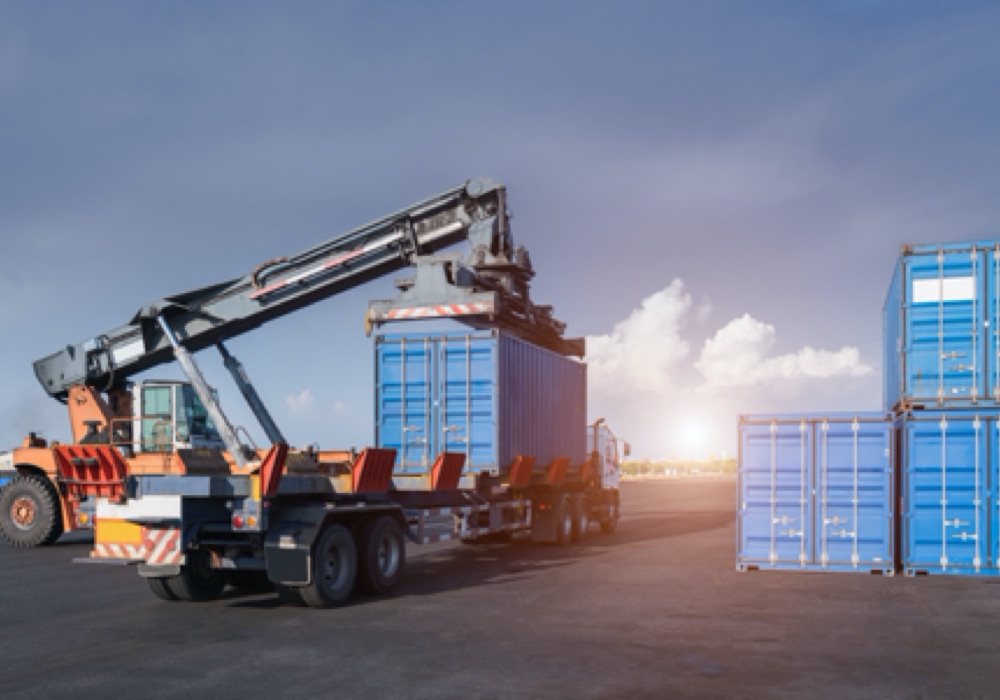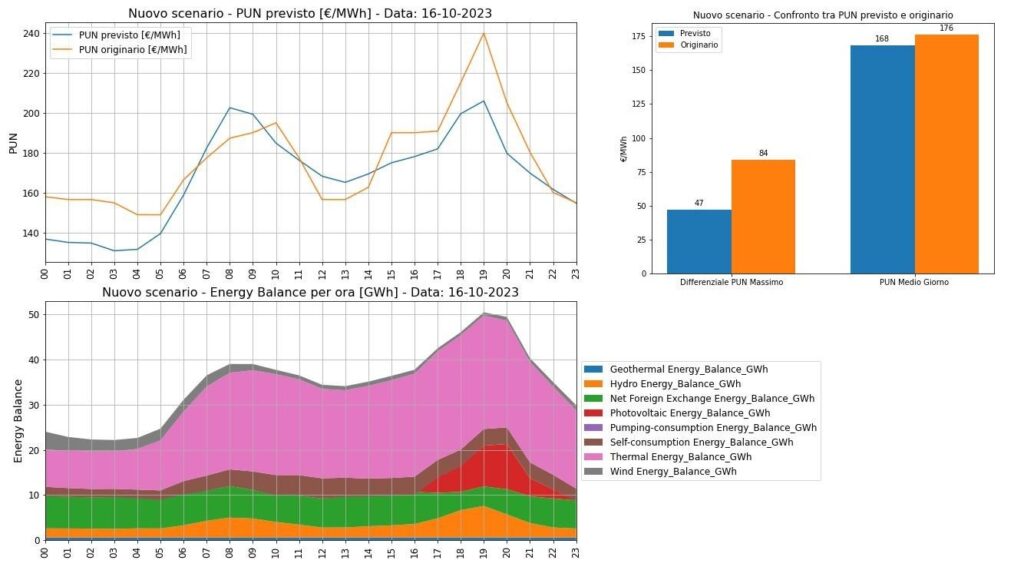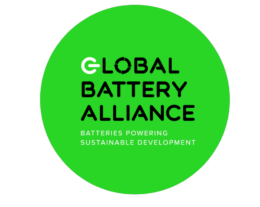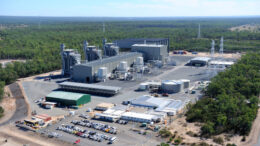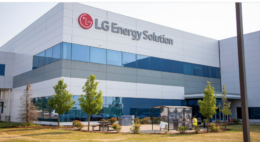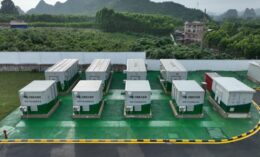128 MWh DC-coupled hybrid battery secures approval in Australia

Renewable energy market investment firm Octopus Australia has been granted approval of generator performance standards (GPS) at its 128 MWh DC-coupled Fulham hybrid battery project and 80 MW solar farm in the Australian state of Victoria.
The 12-month process to secure GPS approval was part of the connections reform initiative (CRI) with the Australian Energy Market Operator (AEMO) and Victorian transmission network owner and operator AusNet.
The CRI is an assembly of Clean Energy Council (CEC) members, AEMO, network service providers (NSP)s and stakeholders who address concerns with delays and complexity in connections.
A collaborative approach was taken to study and design the new DC-coupled technology, supported by Finland-headquartered decarbonisation technology company Wärtsilä and solar and battery solutions company SMA Australia.
Located in Gippsland, 200 km west of Melbourne, Fulham is one of the first DC-coupled hybrid battery projects to secure such approval within the National Electricity Market (NEM).
Octopus Australia’s Renewables Australia Co-Managing Director Sonia Teitel said the company looks forward to seeing Fulham start construction in the next 12 months.
“We are extremely proud of our team for achieving this significant milestone. Fulham will deliver benefits to the Gippsland community and contribute more broadly to electricity decarbonisation in Victoria.”
The hybrid DC-coupled technology involves solar panels and batteries sharing the same inverter, with the batteries distributed throughout the site.
DC-coupled batteries are able to maximise renewable energy generation by directing excess solar to the battery to enable firmed green electricity production.
The system requires fewer inverters resulting in a cheaper, more efficient system, Octopus Australia says.
The approval is a step towards achieving financial close for Fulham, which is anticipated by the end of 2024.
The project, due to commence construction in early 2025, has a PPA from the Victorian government awarded under the Second Victorian Renewable Energy Target Auction.




